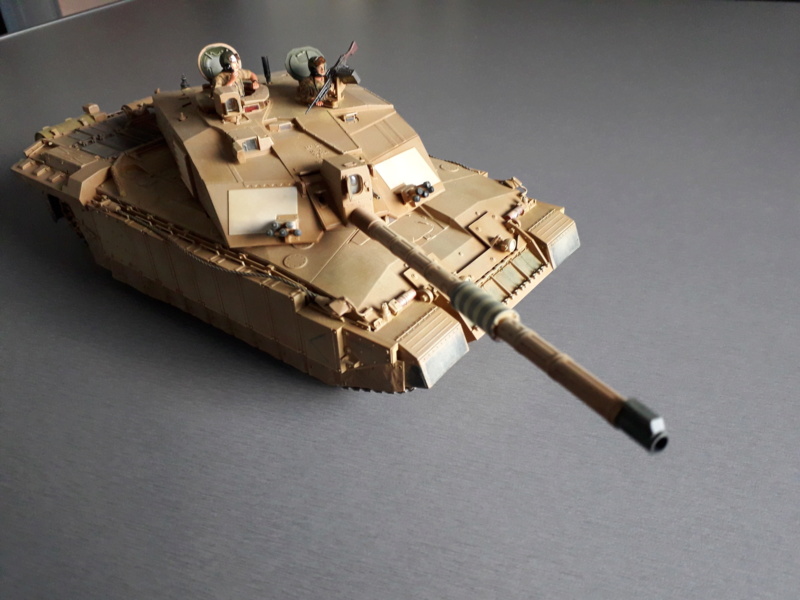
These tanks faced the more than 1000 Soviet tanks in the Anglo-Soviet invasion in August 1941. 5 metres (1.6 ft) high, had a range of 150 kilometres (93 mi) and a ground pressure of only 0.45 kg/cm 2 and used the ZB vz. The small AH-IV tankettes could only climb an obstacle. The Iranians planned to order between 100 and 300 additional AH-IVs, but the outbreak of World War II prevented any follow-through. Deliveries began in August 1936 with the last batch arriving in Iran in May 1937, although the armament was shipped separately and wasn't installed until November 1937. Iran was the first customer for the AH-IV and ordered fifty plus a prototype in 1935 for delivery the following year. Several tanks were used in Iran in the 1930s (such as 100 of the FT tank) as it ordered and had delivered in 1937-38 tanks such as the CKD AH-IV tankette used by the 1st infantry division and the CKD-TNH 60/ Panzer 38(t) of the 2nd infantry division in 1941 and the Imperial Guards. Iran ordered CKD-TNH 60/Panzer 38(t) tanks, in 1941 History Iran ordered 100 of the FT tank in the 1930s.

M60 and British Chieftain, was during the Iran–Iraq War, and now is importing Russian models and making its own designs. One of the main Iranian operations using armor such as the U.S. From these beginnings the modern Iranian Armoured forces grew and procured modern armoured fighting vehicles from the United States and the United Kingdom that served during the Cold War, and various operations.

Iran originally had ordered tanks from Czechoslovakia before the war began but then it got tanks from Great Britain after World War II when it oversaw Iran. This includes British designs imported after World War II, and American and imported Soviet tanks and those from China as well.

Tanks have been utilized in Iran both within the military and within several conflicts with their usage and origin after World War II the Cold War and the modern era.


 0 kommentar(er)
0 kommentar(er)
